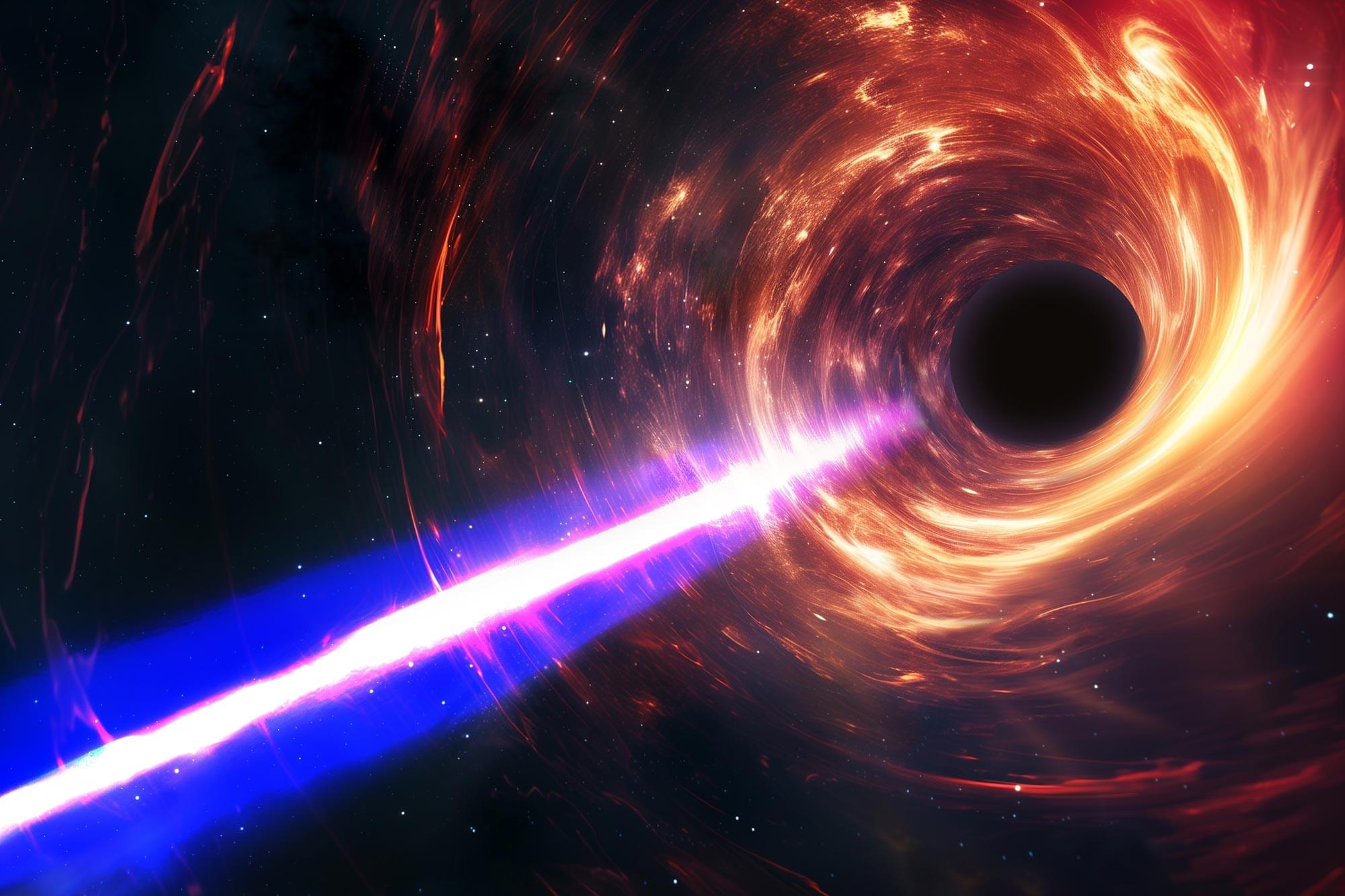From nuclear nightmares to reality-breaking weapons, we examine how science and fiction imagine the end of everything. What happens when weapons don’t just destroy worlds but unmake reality itself? Explore the science of apocalypse.
Checkout Scav: https://go.nebula.tv/scav?ref=isaacar… Watch my exclusive video Autonomous Space Industry: https://nebula.tv/videos/isaacarthur–… Nebula using my link for 40% off an annual subscription: https://go.nebula.tv/isaacarthur Visit our Website: http://www.isaacarthur.net Join Nebula: https://go.nebula.tv/isaacarthur Support us on Patreon: / isaacarthur Support us on Subscribestar: https://www.subscribestar.com/isaac-a… Facebook Group:
/ 1,583,992,725,237,264 Reddit:
/ isaacarthur Twitter:
/ isaac_a_arthur on Twitter and RT our future content. SFIA Discord Server:
/ discord Credits: Doomsday Devices & Ontological Weaponry Written, Produced & Narrated by: Isaac Arthur Editor: Lukas Konecny Select imagery/video supplied by Getty Images Music by Epidemic Sound: http://nebula.tv/epidemic & Stellardrone Chapters 0:00 Intro 1:30 Classical Doomsday Devices 5:57 Cosmic-Scale Doomsday Devices 11:30 Ontological Weaponry – Breaking Reality 12:23 The Erasers of History 16:06 Weapons of Physics Editing 17:55 Mind and Meaning as Targets 20:06 Scavenger Hunt 21:30 Themes and Consequences 22:55 Practical Considerations & Paradoxes 24:07 Doomsday Devices vs. Ontological Weapons 26:48 The Fermi Paradox & Ultimate Destruction.
Watch my exclusive video Autonomous Space Industry: https://nebula.tv/videos/isaacarthur–…
Get Nebula using my link for 40% off an annual subscription: https://go.nebula.tv/isaacarthur.
Visit our Website: http://www.isaacarthur.net.
Join Nebula: https://go.nebula.tv/isaacarthur.
Support us on Patreon: / isaacarthur.
Support us on Subscribestar: https://www.subscribestar.com/isaac-a…
Facebook Group: / 1583992725237264
Reddit: / isaacarthur.
Twitter: / isaac_a_arthur on Twitter and RT our future content.
SFIA Discord Server: / discord.
Credits:
Doomsday Devices & Ontological Weaponry.
Written, Produced & Narrated by: Isaac Arthur.
Editor: Lukas Konecny.
Select imagery/video supplied by Getty Images.
Music by Epidemic Sound: http://nebula.tv/epidemic & Stellardrone.
Chapters.
0:00 Intro.
1:30 Classical Doomsday Devices.
5:57 Cosmic-Scale Doomsday Devices.
11:30 Ontological Weaponry – Breaking Reality.
12:23 The Erasers of History.
16:06 Weapons of Physics Editing.
17:55 Mind and Meaning as Targets.
20:06 Scavenger Hunt.
21:30 Themes and Consequences.
22:55 Practical Considerations & Paradoxes.
24:07 Doomsday Devices vs. Ontological Weapons.
26:48 The Fermi Paradox & Ultimate Destruction.







